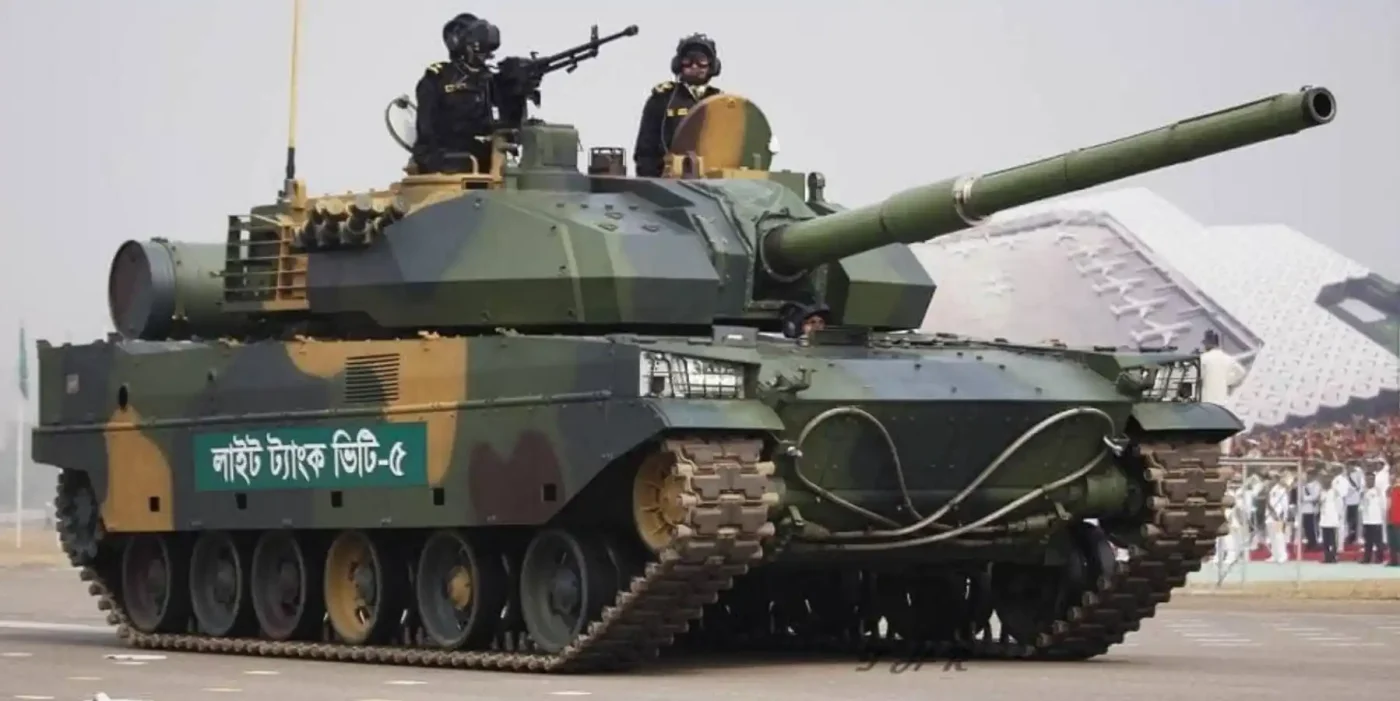Dhaka finds itself at the epicenter of escalating regional tensions as border disputes with India and a renewed influx of Rohingya refugees from Myanmar’s Rakhine State strain resources and diplomatic relations. The situation is compounded by the psychological and strategic reverberations of the ongoing India-Pakistan conflict, leaving Bangladesh navigating a complex web of humanitarian, security, and political challenges.
Border Push-Ins Spark Diplomatic Friction
Recent actions by Indian forces along the shared border have ignited outrage in Bangladesh. According to the Border Guard Bangladesh (BGB), approximately 300 individuals, including Rohingya refugees and Bangla-speaking persons, have been pushed into Bangladeshi territory through remote areas such as Satkhira, Khagrachhari, Moulvibazar, and Kurigram. Reports suggest some of these individuals may have been residing illegally in India, potentially in states like Gujarat. However, the unilateral nature of these push-in operations, conducted without formal diplomatic consultation, has been widely criticized as a breach of international norms.
Accounts from those forcibly relocated indicate that Indian agencies are gathering additional Bangla-speaking individuals and Rohingya who had previously migrated to India from Myanmar’s Arakan region (now known as Rakhine State). Such actions have fueled speculation about India’s intentions, with Bangladeshi officials and citizens expressing frustration over what they perceive as deliberate provocation. “This approach disregards the principles of good neighborly relations” said a senior BGB official, highlighting the potential for escalating tensions.
In response, there is growing discussion within Bangladesh about initiating a pushback program, though authorities acknowledge the humanitarian and ethical dilemmas this poses. With border dynamics already heated, the risk of confrontation looms large, particularly as public sentiment hardens against what many see as external interference in Bangladesh’s sovereignty.
Rohingya Influx Amid Rakhine Conflict
Compounding these border issues is a surge in Rohingya refugees fleeing violence in Myanmar’s Rakhine State. During the tenure of Bangladesh’s interim government, which assumed power following the ouster of the Awami League in August 2024, the number of illegal entries has risen sharply. Refugee camps in southern Bangladesh now host close to 1.3 million Rohingya, placing immense pressure on local resources and infrastructure.
The latest wave of arrivals cites intensifying security threats from the Arakan Army, which reportedly controls around 80 percent of Rakhine State, as well as ongoing bombardments by Myanmar’s military, the Tatmadaw. This unrelenting conflict has triggered a humanitarian crisis, displacing thousands and driving them across the border into Bangladesh. However, international financial assistance for these refugees has visibly declined, leaving Dhaka to shoulder much of the burden alone.
“We are struggling to provide for those already here, and now more arrive every day” said a local aid worker in Cox’s Bazar, where many of the camps are located. The dwindling support from global donors raises critical questions about the sustainability of Bangladesh’s response to this protracted crisis.
UN Proposal for Humanitarian Channel Stirs Debate
In an effort to address the crisis in Rakhine, the United Nations has proposed establishing a humanitarian channel through Bangladesh to facilitate aid delivery to Arakan. While precedents for such corridors exist—similar initiatives were attempted in Gaza and Ukraine—the outcomes have often fallen short of expectations, raising skepticism about the feasibility of this plan.
Public and political reactions in Bangladesh have been mixed, with concerns centering on the channel’s management, security, and potential military implications. Key questions remain unanswered: Who will oversee the channel—Bangladesh or the UN? What types of supplies will be transported, and will Rohingya refugees play a role in distribution? Most critically, how will security be ensured if Myanmar’s armed forces, or regional powers like China and India, object to the initiative? The possibility of establishing a “no-fly zone” or similar protective measures has further heightened anxieties about unintended military entanglements.
Adding to the uncertainty, statements from Bangladesh’s interim government have been inconsistent. One adviser initially suggested conditional agreement to the proposal, while another denied any discussions had taken place. Subsequent clarifications emphasized a distinction between a “corridor” and a “channel,” but these contradictory messages have only deepened public concern. In the absence of a functioning parliament, critics argue that the interim government has failed to consult political stakeholders on an issue with profound national and security implications.
Repatriation as a Priority Amid Political Uncertainty
Bangladesh remains steadfast in prioritizing the repatriation of Rohingya refugees as the ultimate solution to the crisis. However, the ongoing conflict in Rakhine State complicates this goal. Any repatriation effort would require the cooperation of both the Arakan Army and Myanmar’s central government in Naypyidaw, a daunting prospect given the fragmented control and persistent violence in the region.
Moreover, the interim government’s mandate and authority to make decisions on such high-stakes issues are under scrutiny. Formed through a mass uprising, it enjoys popular support but lacks an electoral mandate. With political tensions simmering and uncertainty surrounding the timing of the next election, many question whether the government can unilaterally commit to international initiatives like the proposed humanitarian channel without broader national consensus.
Regional Conflicts Cast a Long Shadow
The border and refugee crises unfold against the backdrop of broader regional instability, notably the latest flare-up in the India-Pakistan conflict. As in past wars between the two nuclear-armed neighbors, Bangladesh is not immune to the ripple effects. Geopolitical proximity, combined with shared historical and cultural ties, means that armed confrontations between India and Pakistan inevitably resonate deeply within Bangladeshi society.
Local media outlets report a surge in public interest—and anxiety—whenever tensions escalate between Dhaka’s two powerful neighbors. Viewership of news coverage triples during such periods, reflecting a collective unease rooted in the subcontinent’s traumatic history of Partition and unresolved identity questions. This psychological burden adds another layer of complexity to Bangladesh’s already fraught position.
Further exacerbating domestic sentiment is the perception of hostility from segments of the Indian media, which have intensified criticism of Bangladesh since the political upheaval of August 2024. Many Bangladeshis view these misinformation campaigns as antagonistic, particularly when coupled with aggressive border actions. While India may have legitimate concerns about political changes in Dhaka, the widespread targeting of an entire nation and its people through propaganda has strained bilateral relations.
Navigating a Path Forward
Bangladesh stands at a critical juncture, grappling with internal political uncertainty, external border pressures, and a deepening humanitarian crisis. The surge in Rohingya arrivals, coupled with India’s controversial push-in operations, demands urgent diplomatic and policy responses. Yet, the interim government’s ability to navigate these challenges is hampered by questions of legitimacy and the absence of inclusive dialogue with political stakeholders.
The proposed UN humanitarian channel, while well-intentioned, risks drawing Bangladesh into a broader geopolitical quagmire if not handled with caution. Security considerations, regional objections, and the potential for military escalation must be weighed carefully against the pressing need for aid in Rakhine. Above all, repatriation remains the cornerstone of Dhaka’s strategy, though achieving it will require unprecedented cooperation amid ongoing conflict.
As regional tensions simmer and the shadow of India-Pakistan hostilities looms, Bangladesh faces the daunting task of safeguarding its sovereignty and stability. Whether it can avoid being drawn deeper into the orbit of multi-front conflicts—or whether it already finds itself entangled—remains an open question, one that will shape the nation’s trajectory in the months ahead.















